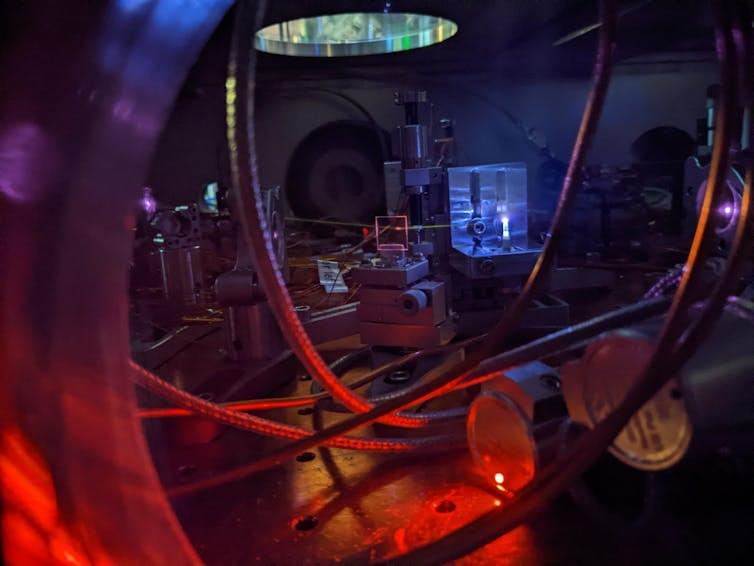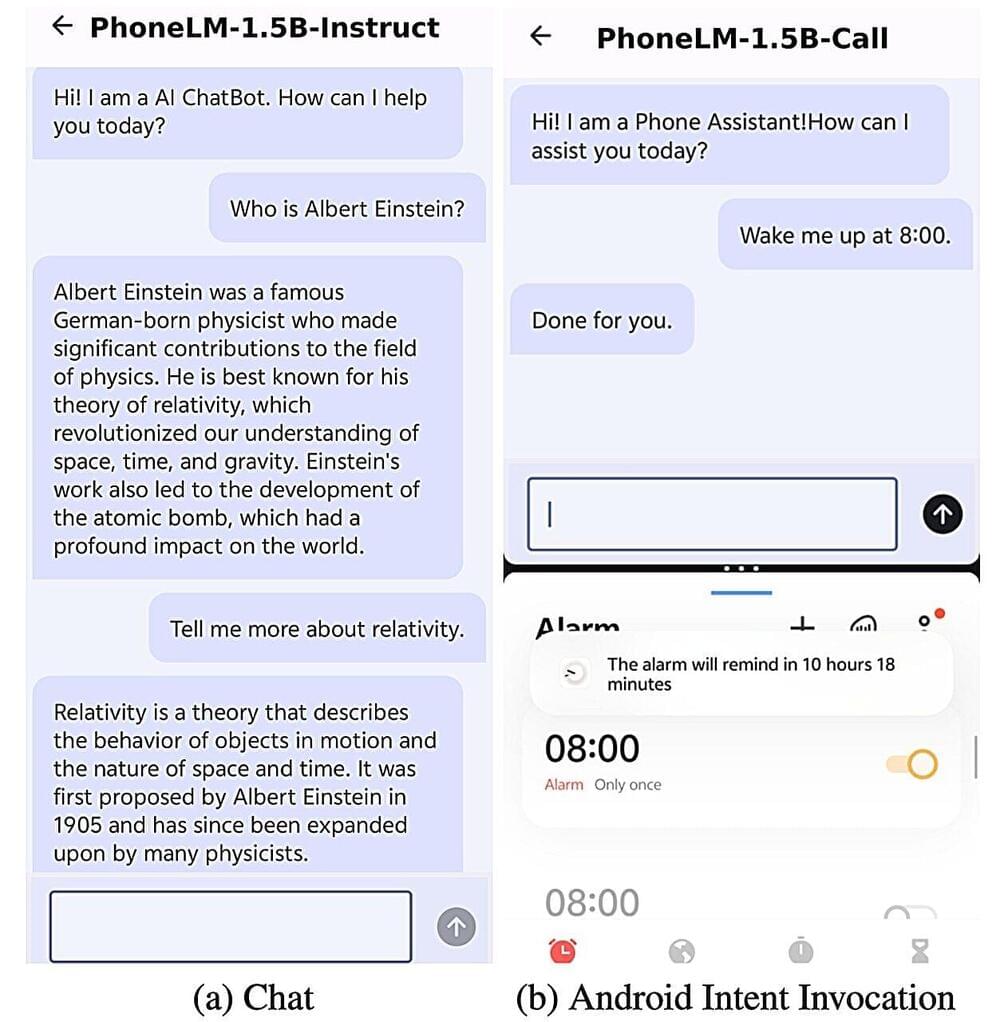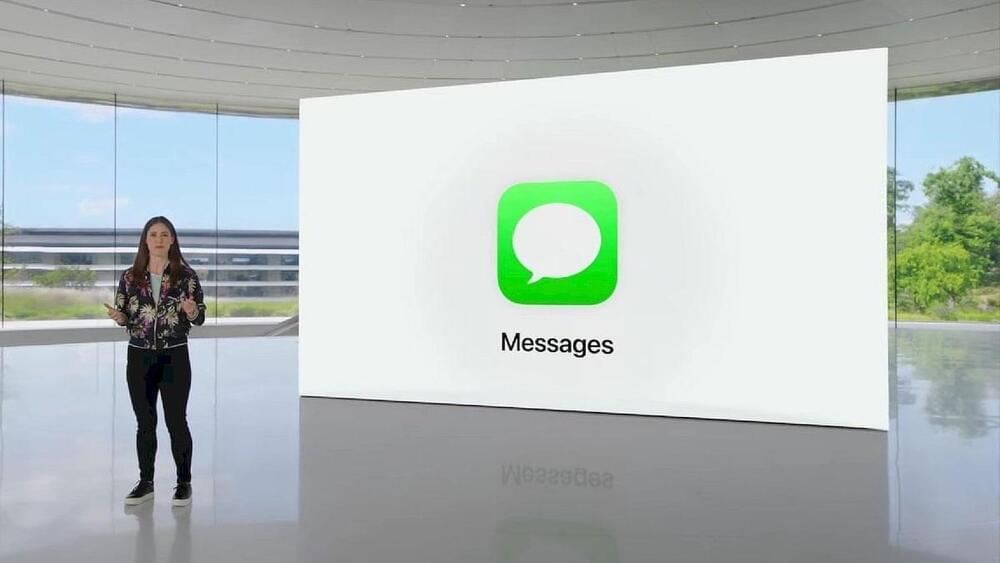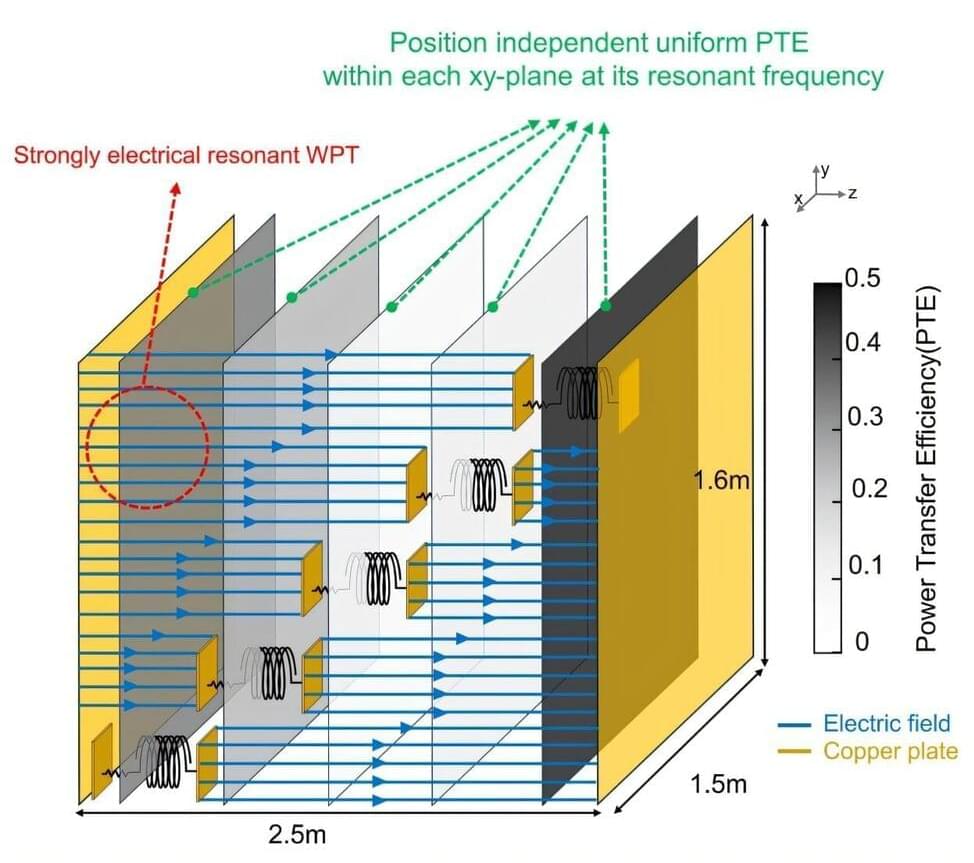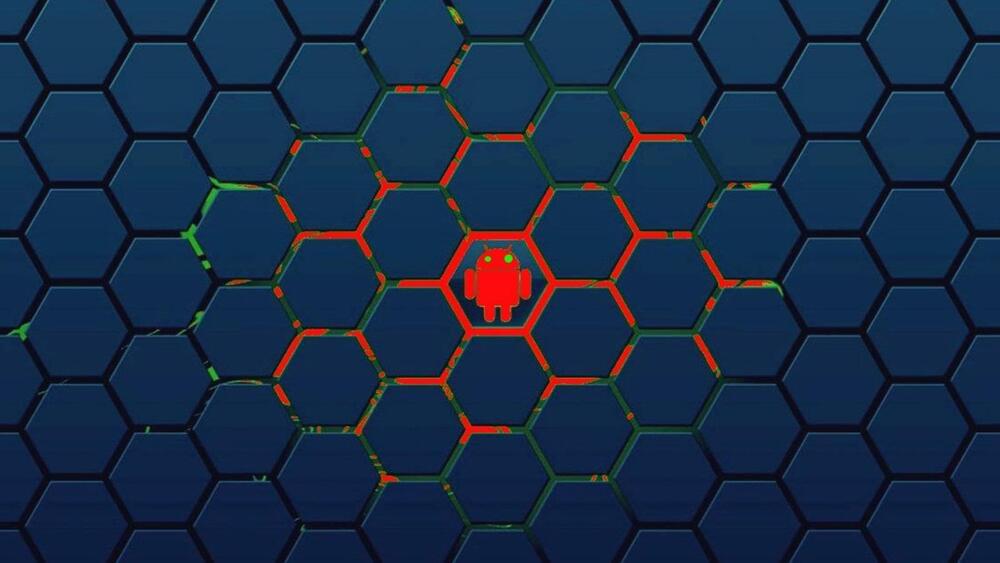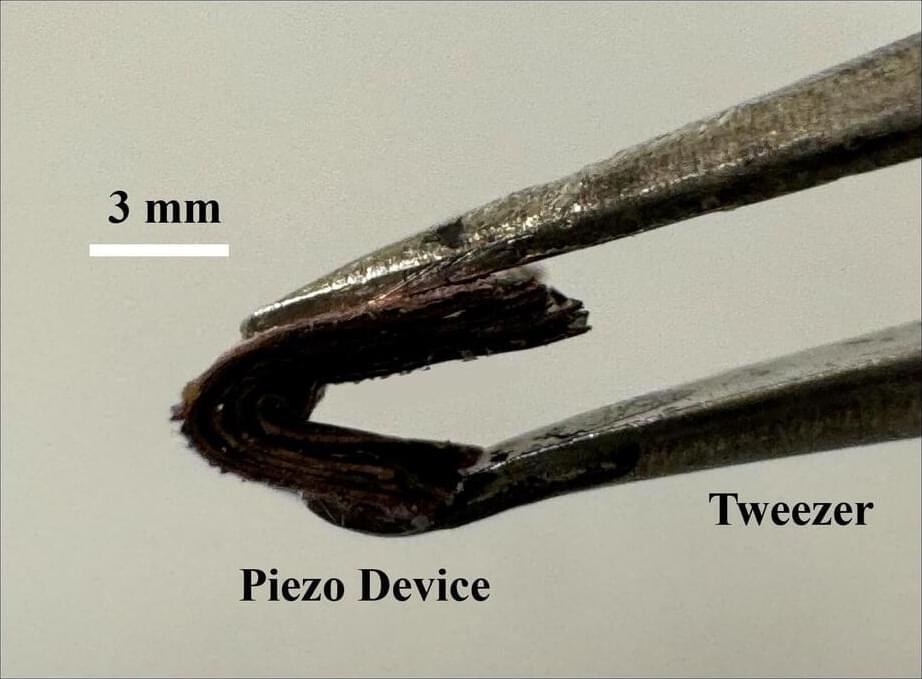Dec 27, 2024
#66–Artificial Intelligence and the Future of the Internet, with Annie Hardy
Posted by Mark Sackler in categories: mobile phones, robotics/AI
Cisco Systems senior visioneer, Annie Hardy, joins me to discuss AI and the future of the internet.
“We are all now connected to the internet, like neurons in a giant brain.” –Stephen Hawking.
Unless you are living in a remote cabin completely off-grid, it has reached the point where you cannot avoid artificial intelligence. It’s in our search engines, it’s on our phones, it’s on the social media on our phones. It’s permeating the internet at a breakneck pace.
Continue reading “#66–Artificial Intelligence and the Future of the Internet, with Annie Hardy” »


